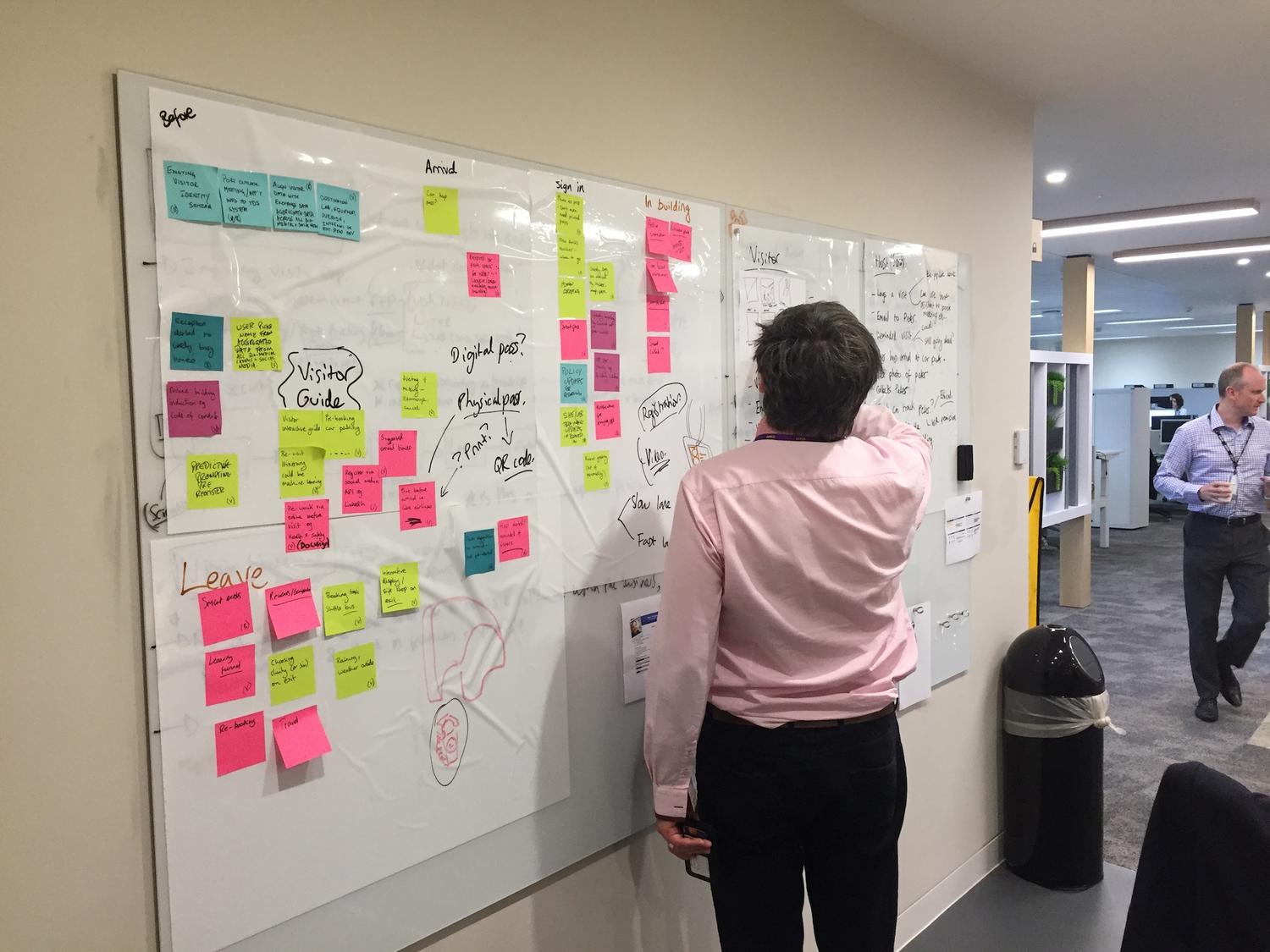UX Approach
A UX approach involves deeply understanding the users through research, organizing information, visual design (and more), all with the goal of meeting user needs and doing it elegantly. It involves putting users at the centre of the design and development process, and establishing an iterative cycle of research, design and evaluation.



Key UX Principles
UX Principles for the Life Sciences
Good UX is more than just taking a UX approach, it’s about having a UX mindset as well. Follow these key UX principles to help guide your thinking.




